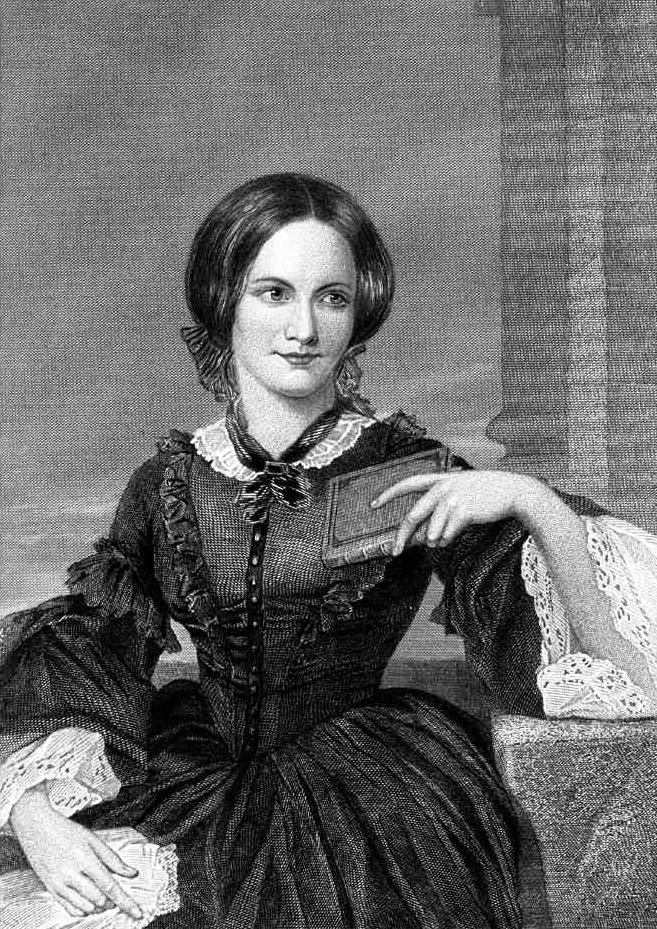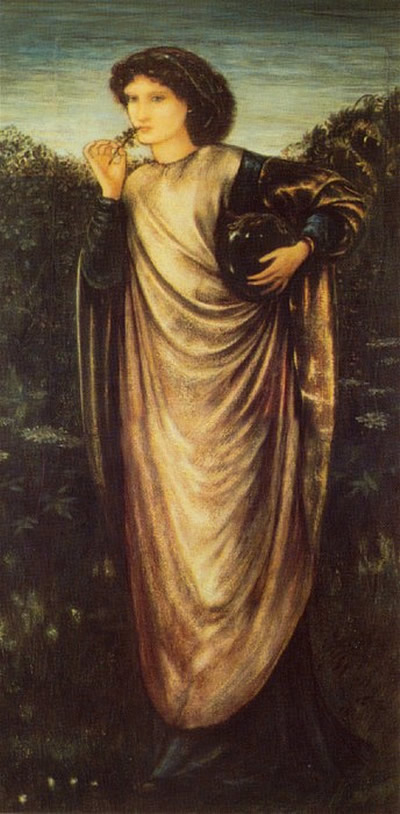 |
| Charlotte Bronte |
I have to start this article by saying I despise the modern romance novel. Every aspect of modern romance is extraneous. Authors have to take leaps of epic proportions to create obstacles for their lovers. These leaps were not necessary in classic romance, as there were enough obstacles in every day life. Now, modern historical romances could have been the solution to this utter defilement of the love genre, but you might as well take the bosoms out of the corsets and call it what it is -- fodder for grocery store bookshelves. It is not my intention to be harsh, but I cannot help but be honest about my opinion. There is no denying that people a hundred years ago or more understood love in a different way than we do now.
5. The Great Gatsby by F. Scott Fitzgerald
The Great Gatsby by F. Scott Fitzgerald is essentially the story of a man -- Jay Gatsby -- who appears to have it all, but wants only one thing -- Daisy Buchanan. It was first published in 1925 and has remained required reading for anyone who wants to know about the evolution of American literature since. The story of Daisy and Jay is central to The Great Gatsby. However, it is the setting, the period and the other characters that make the story work. From angry mistresses to corrupt "associates," 20s style parties to tangled love affairs, The Great Gatsby has it all. Of course, dime a dozen spy novels have the same. It is simply Fitzgerald's writing and the tragic figure of Jay Gatsby that make the novel stand out among the multitudes of lesser novels.
4. Jane Eyre by Charlotte Bronte
Jane Eyre by Charlotte Bronte has the distinction of being the only novel on this list that has a simple, self-sufficient, average-looking and kind heroine. Sure, some of the other women on this list have one or some of these qualities, but only Jane Eyre has all. She is the most realistic, sad and inspiring of all these women. Her love is the simplest, least greedy and most respectable of all these fictional women. She makes this novel work. She is the kind of woman you want as a friend. She is the kind of women that you want to scold men into loving. In short, she is great. There are other elements to the novel that make it worthy of a "best" list, the greatest being charity, overcoming odds and mystery. The mystery of this novel is actually quite surprising.
3. Gone with the Wind by Margaret Mitchell
Gone with the Wind, ah, I wonder how many people are irritated that this is not number one on this list. Well, Margaret Mitchell did a wonderful job of writing something that is now not only considered classic romance, but was also historical romance at the time she wrote it. As such, it contains historical flaws that cannot be overlooked by some readers. So, while her love/hate story between Scarlett and the long-suffering Rhett is good, the background story is too full of holes. Also, Scarlet is not easy to like -- at all. Nonetheless, it is a very sweeping story, so Mitchell can be forgiven her inaccuracies. Furthermore, Scarlet is so dramatic and fitting in historic fiction that Mitchell can be forgiven for trying to make a mean, ignorant Scrooge of woman into a lovable character. At least she is resourceful and not swoony like other romance heroines.
2. Wuthering Heights by Emily Bronte
The Bronte sisters or the "Bell" brothers, as they were known then were masters of romance. However, none of the sisters was as good as Emily. Their achievements, while great, fall far short of Emily's masterpiece "Wuthering Heights." This really is not an insult, given that nearly every novel in the genre falls short of Wuthering Heights. Unfortunately, it was the only novel young Emily was able to write before her untimely passing in 1848.
What makes Wuthering Heights stand out among the simpering masses is the nature of the lovers in Emily's book. Heathcliff and Catherine hate each other. I am not talking about in the way that silly damsels say "No, no, no." when they mean, "Yes, yes, yes." in these ridiculous cheap love novels (okay, even one novel on this list). I mean, they really hated each other. They went out of their way to hurt each other. There was no happily ever after, no, "I'm so sorry. I've really loved you all this time." They went to their deathbeds with angry obsessions of each other that passed for love in the dreary background of Bronte's "Wuthering Heights."
1. Pride and Prejudice by Jane Austen
Pride and Prejudice by Jane Austen is widely regarded as the best romance novel of all time. Jane, who spent her life single and writing, manages to take her telltale "everything is going to be fine" style and turns it into a great love story. The novel was first published in 1813 and has stayed at the top of its class ever since. In fact, it is at the top of all classes. People simply love this book. Well, most people.
To be frank, I would have put Emily Bronte's magnum opus at number one on this list and Jane's quaint love story at number two were it not for the sheer popularity of this novel. Lizzie and Mr. Darcy are legends in literature. For me, the substance is not as profound as that of Wuthering Heights. Nonetheless, I find the dialogue and characters of Pride and Prejudice hugely amusing. Despite my preference for Wuthering Heights, I too am among the masses that love Pride and Prejudice. A certain innocence about it is lacking in Wuthering Heights. Of course, Pride and Prejudice lacks the emotional range of Wuthering Heights. It makes up for it with satire of the simplest form.
Shelly Barclay






